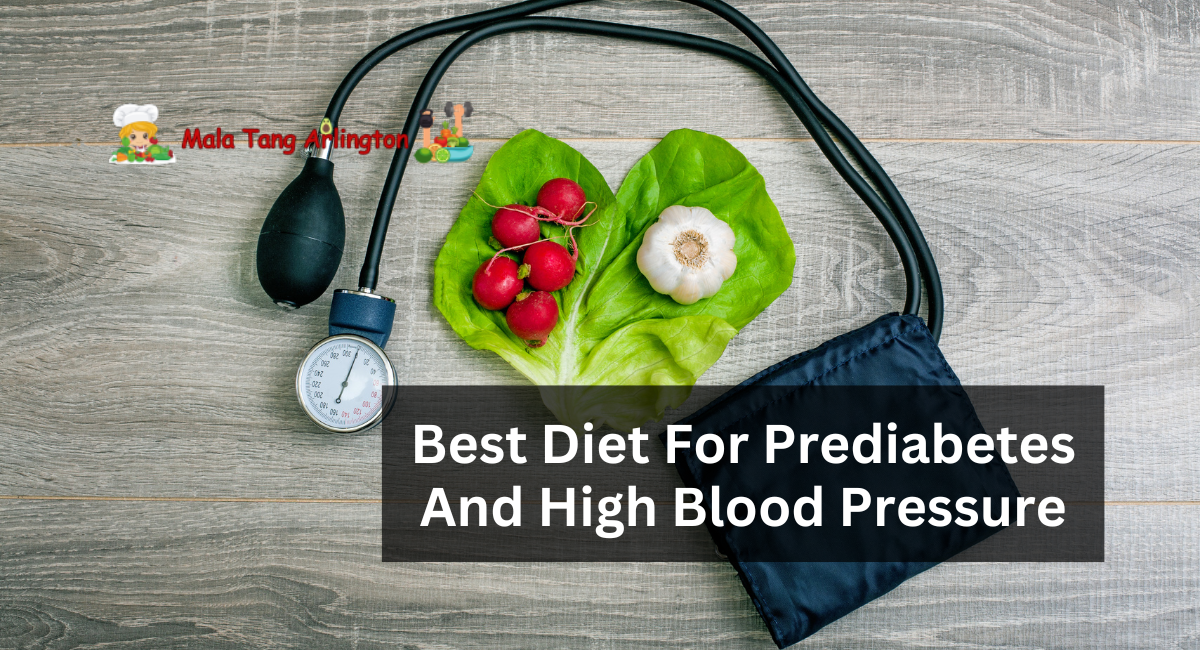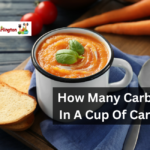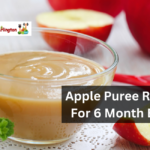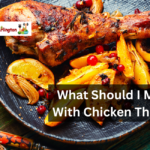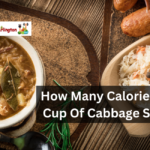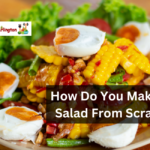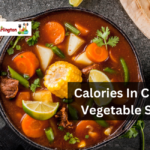Living with prediabetes and high blood pressure can be difficult, but the appropriate diet can make a big difference in managing these illnesses.
In this article, we will look at the best nutritional options for people who have prediabetes or high blood pressure.
By the end of this essay, you’ll have the information you need to make informed food decisions and improve your overall health.
Best Diet For Prediabetes And High Blood Pressure
Prediabetes Diet
Eat More Veggies
Plant-based fiber keeps you full without boosting your blood sugar levels. Vegetables are high in nutrients as well. Aim for 3-5 servings per day. 12 cups cooked or 1 cup raw. Fresh, frozen, or canned options are available.
But make careful to choose low- or no-sodium varieties. Half of your plate should be filled with colorful, non-starchy vegetables. Carrots, broccoli, bell peppers, and leafy greens like spinach or kale are some examples.
Reduce Your Intake Of Starchy Vegetables
These include more carbs than non-starchy foods. They do, however, contain beneficial elements. Give them a fourth of the space if you utilize the plate technique.
White potatoes, sweet potatoes, winter squash, and corn such as a corn or butternut, are examples of starchy vegetables.
Snack On Fruit
These sugar-free treats contain sugar, but that doesn’t mean you should avoid them. A lot of fiber, vitamins, and minerals are in fruit. Every day, try to eat two to three servings of fruits and veggies. One tiny apple or 12 cup strawberries could enough.
Consult your doctor to see if you should choose low-sugar foods. Berries, kiwi, melons, and oranges are examples. Pair your fruit with protein-rich foods like natural nut butter, Greek yogurt, or almonds.
Select Whole Grains
Whole grains, as opposed to processed grains, retain all of their native fiber and minerals. You can serve them as a side dish for breakfast, lunch, or dinner.
They are available in a variety of forms, including brown rice, oatmeal, whole-wheat bread or pasta, and quinoa.
Whole-grain flour can even be used to bake cookies. When purchasing a packaged product, look for the phrase “whole” before grain on the label.
Increase The Amount Of Nuts And Seeds
Take a handful of whatever you like. Make sure they are unsalted. And keep the serving amount to approximately an ounce.
Although nuts and seeds include beneficial lipids, they are also heavy in calories. Walnuts, pistachios, peanuts, sunflower seeds, and cashews are all good options.
Include Some Protein
Protein should be included in all of your meals and snacks. It makes you feel full and slows the absorption of carbohydrates in your system. This is crucial for keeping blood sugar levels steady.
Fish and shrimp that are high in fat, plant-based sources of protein like beans and lentils, eggs and low-fat dairy products, and lean meats are all good choices.
Avoid Sugary Drinks
These beverages raise blood sugar because they lack other nutrients that impede digestion, such as fiber and protein. If you have prediabetes, limit or avoid the following 100% fruit juices, sodas, and sweetened coffee drinks.
Avoid energy or sports drinks, mixed beverages with alcohol, and lemonade or sweet tea. Experts are unsure how artificial sweeteners influence prediabetics. Consult your doctor to see if they are appropriate for you.
Limit Your Intake Of Added Sugars
Find out how much added sugar is in a packed food or drink by looking at the Nutrition Facts label. The 5-20 rule can be applied: It has a low sugar content if it contains less than 5% of the daily value (DV).
If it’s 20% DV or above, you should return it. Sugar is added to many processed goods, including cookies, candies, and cakes. It can also be found in flavored oatmeal, ketchup, and jelly.
High Blood Pressure Diet
DASH diet: Diet To Lower Your Blood Pressure
DASH stands for Dietary Approaches to Stop Hypertension.
The DASH diet is a nutritious eating plan that is intended to help prevent or cure high blood pressure, often known as hypertension.
It may also help lower low density lipoprotein (LDL) cholesterol, which is connected to heart disease.
High blood pressure and high levels of LDL cholesterol are two important risk factors for heart disease and stroke.
The DASH diet includes foods high in the minerals potassium, calcium, and magnesium. The DASH diet emphasizes fruits, vegetables, and whole grains. Dairy items that are fat-free or low-fat, fish, poultry, beans, and nuts are all included.
The diet restricts meals high in salt, often known as sodium. It also restricts additional sugar and saturated fat, which are commonly found in fatty meats and full-fat dairy products.
Sodium And The DASH Diet
The conventional DASH diet restricts salt intake to 2,300 milligrams (mg) per day. This amount is consistent with the Dietary Guidelines for Americans. That’s around the sodium content of 1 teaspoon of table salt.
In a version of DASH that has less sodium, you can only eat 1,500 mg of salt per day. You can choose the form of the diet that will be best for your health. If you’re not sure what sodium amount is best for you, consult your doctor.
What To Eat On The DASH Diet?
The DASH diet is a well-balanced eating plan allowing you to choose what you want. The diet promotes a heart-healthy eating pattern for life. There is no requirement for any specific foods or beverages. Diet foods are available at most grocery stores and restaurants.
When following DASH, it is critical to select foods that are:
- Potassium, calcium, magnesium, fiber, and protein are all abundant.
- Saturated fat is scarce.
- Low in sodium.
Suggested Portions For The DASH Diet
The DASH diet specifies nutritional targets for each day and week. Your daily calorie requirements determine the number of servings.
Here are the serving sizes from each food group for a 2,000-calorie-per-day DASH diet:
Grains: 6–8 servings each day. One serving is 1/2 cup cooked cereal, rice, pasta, 1 slice bread, or 1-ounce dry cereal.
Vegetables: 4 to 5 servings a day. 1 serving is one cup of raw leafy green vegetables, 1/2 cup of chopped raw or cooked vegetables, or half cup of vegetable juice.
Fruits: 4 to 5 cups of fruit each day. One serving is equal to 1 medium fruit, half cup of fresh, frozen, or canned fruit, or 1/2 cup of fruit drink.
Fat-free or low-fat dairy products: 2 to 3 servings a day. Every day, you should eat 2 to 3 servings of fat-free or low-fat dairy items. One serve is 1 cup of milk or yogurt or 1 1/2 oz of cheese.
Lean meats, poultry and fish: Every day, you should eat six 1-ounce servings of lean meat, chicken, and fish. One serving is 1 oz of cooked meat, poultry, or fish, or 1 egg.
Nuts, seeds, or dry beans and peas: Every week, you should eat 4 to 5 meals of nuts, seeds, or dry beans and peas. 1 serving is 1/3 cup of nuts, 2 tablespoons of peanut butter, 2 tablespoons of seeds, or 1/2 cup of cooked dry beans or peas, which are often called “legume.”
Fats and oils: Every day, 2 to 3 doses of fats and oils. One teaspoon soft margarine, one teaspoon vegetable oil, one tablespoon mayonnaise, or two tablespoons salad dressing equals one serving.
Sweets and added sugars: 5 or less servings of sweets and foods with extra sugars per week. 1 serving is 1 tablespoon of sugar, jelly, or jam, 1/2 cup of sorbet, or 1 cup of lemonade.
The DASH Diet Includes Alcohol And Caffeine
Excessive alcohol consumption might raise blood pressure. According to the Dietary Guidelines, males should restrict their alcohol consumption to no more than two drinks per day and women to one or less.
Caffeine is not mentioned in the DASH diet. It’s unclear how caffeine impacts blood pressure. Caffeine, on the other hand, can temporarily raise blood pressure.
Consider cutting back on caffeine if you have high blood pressure or believe it impacts your blood pressure. You should speak with your doctor regarding caffeine.
Aim For Salt
The DASH diet’s mainstay foods are low in salt. As a result, following the DASH diet is expected to reduce salt intake.
To minimize salt even further:
- Read food labels carefully and select low-salt or no-salt-added products.
- Instead of salt, use salt-free spices or flavorings.
- When cooking rice, pasta, or hot porridge, avoid adding salt.
- Select simple fresh or frozen vegetables.
- Choose fresh, skinless poultry, fish, and lean meat cuts.
Consume fewer restaurant meals. When dining out, request foods with less salt and do not have salt added to your order.
When you reduce your intake of processed, salty foods, you may find that your food tastes different. Your taste senses may need some time to adjust. However, once they do, you may prefer the DASH diet. And you’ll be healthier as a result.
Thanks for reading. I hope you find it helpful.
